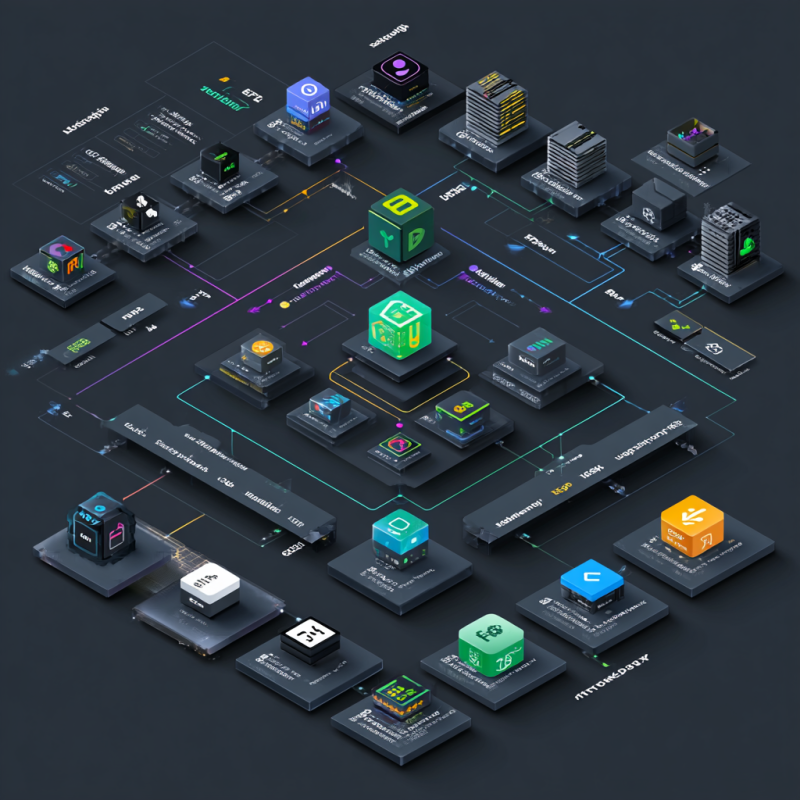Voice-enabled AI assistants are no longer a novelty—they’ve become commonplace. Today, anyone can quickly build a simple voice-enabled assistant by combining Automatic Speech Recognition (ASR), a Large Language Model (LLM), and Text-to-Speech (TTS). With numerous services available that offer plug-and-play solutions, you might wonder: why build yet another voice-enabled AI assistant?
The real value of voice-enabled assistants isn’t merely recognizing speech and providing spoken responses. To create an AI assistant that truly improves productivity, customer experience, and business outcomes, you need to go beyond basic voice interactions. In this post, we’ll explore critical elements that distinguish a genuinely useful voice AI assistant from simpler, widely available solutions.
1. Powerful Tool Integrations: Moving Beyond Conversation
While LLMs are impressively adept at understanding and generating natural language, they are not designed to directly interact with external systems or perform practical tasks on their own. Truly effective voice-enabled assistants bridge this gap through powerful, seamless integrations with external tools and APIs.
For instance, an advanced assistant should be capable of actions such as:
- Updating Databases: Automatically inserting or retrieving customer records, order data, or inventory information.
- Sending Emails and Messages: Initiating notifications, confirmations, or reminders via email, SMS, or messaging platforms like Slack.
- Managing Calendars and Appointments: Scheduling meetings, updating calendar events, and sending invite confirmations directly from a voice command.
These integrations empower your AI assistant to move from merely providing information to taking real-world actions, significantly boosting productivity and efficiency. By defining precise, structured interfaces for each tool—including required arguments, data types, and validations—you ensure reliability and predictability in automation.
2. Task Flows: More Than Just Language Generation
Not every action taken by a voice assistant requires an LLM. Many scenarios can be served more effectively, quickly, and economically without invoking complex language models. For example:
- Playing a Simple TTS Message: If a customer calls during off-hours, your voice assistant can easily inform them about your opening hours without needing to invoke an LLM.
- Conditional Actions: If a customer confirms a scheduled appointment, the assistant can immediately update the status in a calendar or CRM without additional processing.
To handle these scenarios efficiently, a robust assistant needs built-in support for task flows. Task flows enable you to visually or programmatically define a sequence of specific actions, conditions, and responses. These flows combine voice recognition, condition-based decision-making, external API calls, and TTS responses into streamlined processes.
By leveraging task flows, your voice assistant becomes much more efficient, responsive, and cost-effective. You avoid unnecessary calls to computationally intensive LLMs, improving performance and lowering costs.
3. Telecom Infrastructure Integrations: Reliable & Secure Communications
Voice assistants often interact directly with customers, clients, or employees via telecommunication systems. Having solid telecom infrastructure integrations is crucial for ensuring smooth, professional, and secure voice-based interactions. Examples of important telecom integrations include:
- Dynamic Caller ID Selection: Selecting the appropriate outbound caller ID can significantly improve Automatic Speech Recognition (ASR) accuracy by choosing numbers optimized for specific regions or customer segments.
- Number Pools & Rotation: Using number pools helps prevent single-number blocking by telecom providers, improving call deliverability and reliability. Number rotation spreads traffic across multiple outbound numbers to ensure consistent connectivity.
- Call Tracking & Monitoring: Advanced telecom integration allows you to precisely track interactions between the assistant and customers, ensuring messages are received, calls are answered, and follow-up actions can be triggered accurately based on actual call outcomes.
These telecom integrations not only enhance call quality and reliability but also improve compliance, security, and analytics capabilities, creating a robust communication backbone for your voice-enabled assistant.
Why Does This Matter?
Combining these three elements—tool integrations, task flows, and telecom infrastructure integrations—transforms a basic voice-enabled AI assistant into a versatile, powerful productivity tool. Rather than simply recognizing speech and responding with pre-generated answers, your assistant becomes an integral part of your operational workflow, capable of automating real-world tasks and handling complex interactions reliably and efficiently.
When you build with these advanced capabilities in mind, your voice assistant creates significant business value, driving increased customer satisfaction, productivity improvements, operational efficiency, and better overall ROI.
Conclusion: Go Beyond the Basics
Although it’s easy to build a basic voice-enabled assistant today, the real competitive advantage lies in building a more robust, integrated solution. By incorporating powerful tool integrations, task flows, and telecom infrastructure capabilities, you elevate your voice assistant from a simple conversational tool to a powerful business enabler.
In short, why build another voice-enabled AI assistant? Because when done right—with the right integrations and workflows—it becomes much more than just another assistant. It becomes a powerful driver of innovation, efficiency, and growth.






